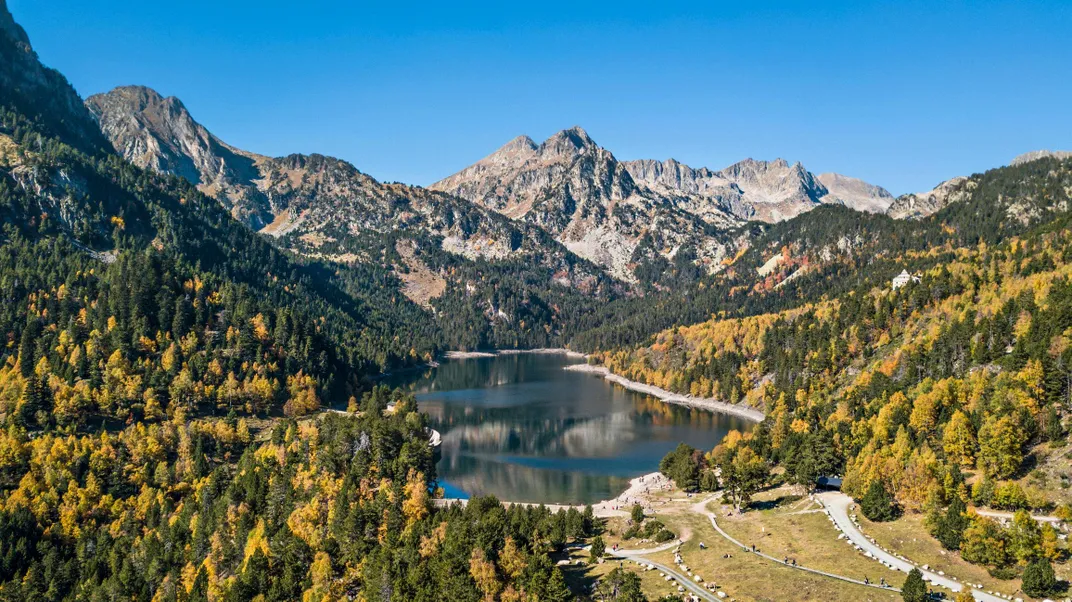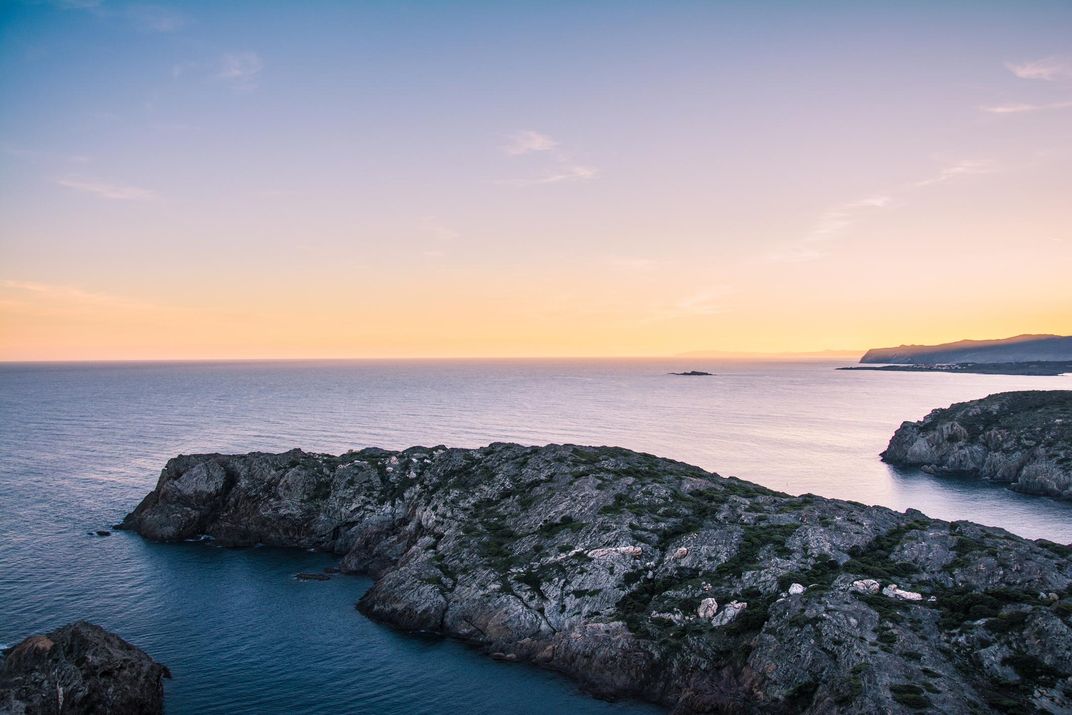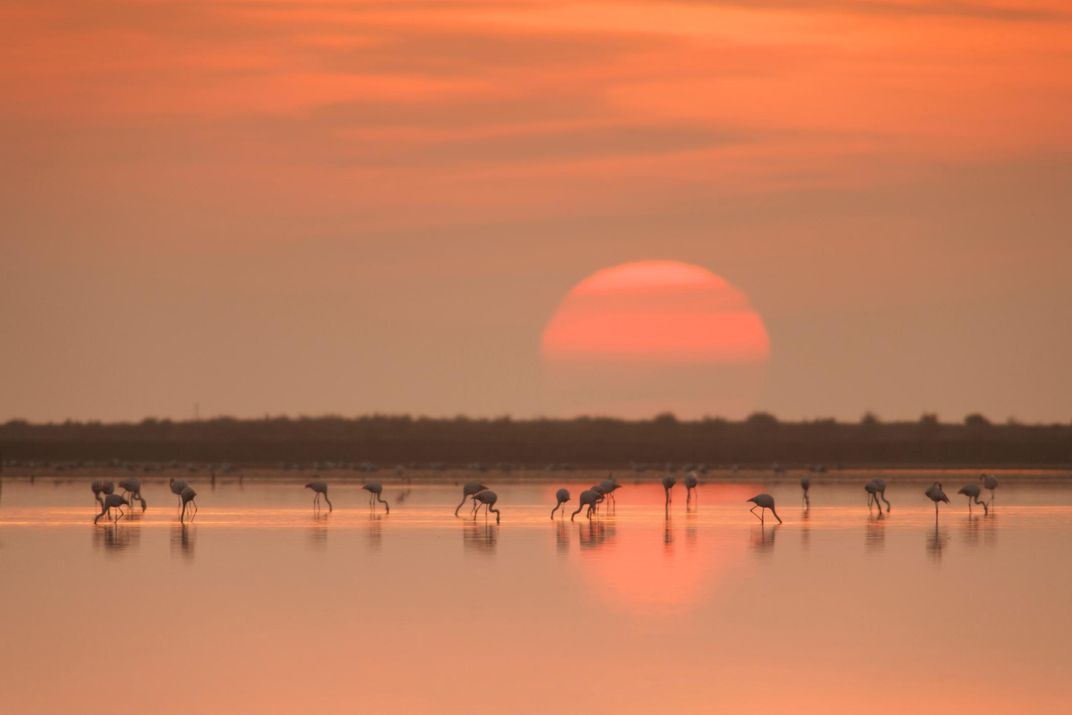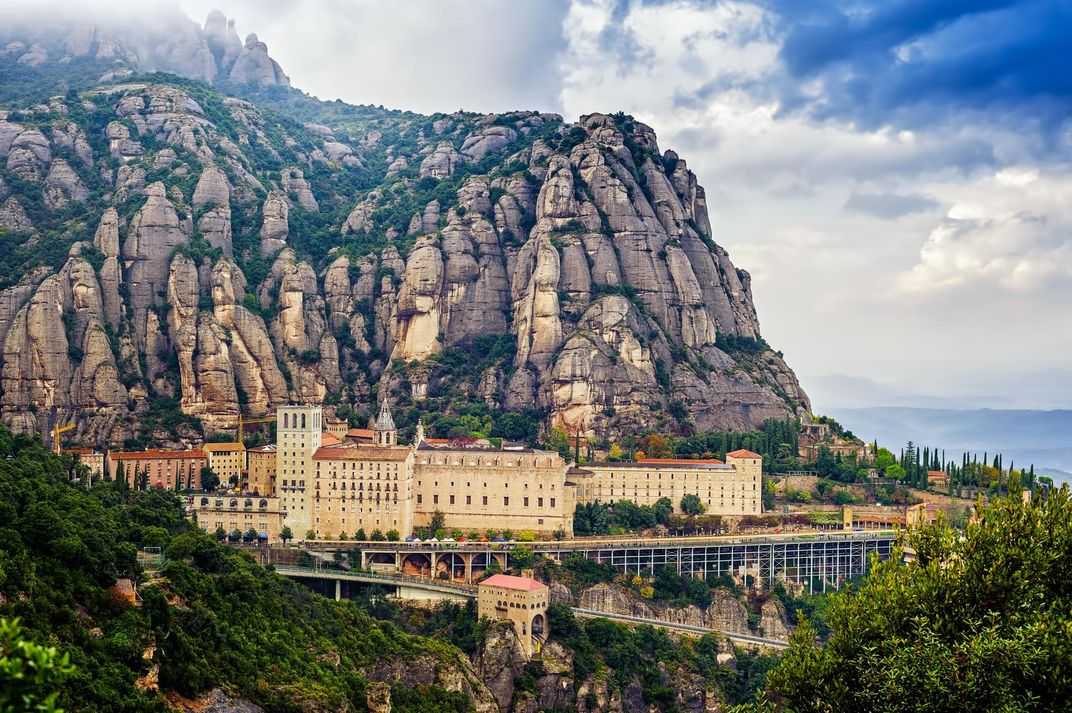Explore Catalonia’s Most Beautiful Nature Parks
Roughly 30 percent of Catalonia is protected land making it a stunning place to hit the trails
/https://tf-cmsv2-smithsonianmag-media.s3.amazonaws.com/filer/0e/8f/0e8f032d-4463-4498-aaa8-8943d8182aaf/istock-652812394.jpg)
Over the course of Spain's environmental movement (which could be said to have begun in 1918 when King Alfonso VIII established the first national park), vast expanses of the country have been set aside. These spaces include 15 national parks and an ecosystem of other protected areas ranging from mountain peaks to desert landscapes to marshlands teaming with migrating birds. In the Catalonia, located in the northeast of the Iberian Peninsula, a system of 165 protected areas total to cover over 30 percent of the region. Most spectacular among them are Catalonia's four wild and secluded national parks. Explore alpine landscapes in the Pyrenees, wind-carved coastlines and river deltas teaming with marine life.
Aigüestortes and Sant Maurici Lake

On the drive in to Espot, the base village of the Aigüestortes (meaning "Twisted Waters") and Lake Sant Maurici National Park, there is a small, tempting glimpse of what lies ahead. Roughly midway up the winding road you'll want to stop and marvel at it; an astonishingly powerful waterfall that blasts from the side of a green cliff like a gigantic fire hydrant unleashed to crash almost 100 meters (328 feet) down into the boulder-strewn river below. It is but the first of the park's many thrilling spectacles, among them even greater falls, high ridges cradling cirque lakes carved by ancient glacial activity, marshlands coursed by the emblematic winding streams and pockets of fir trees rarely found elsewhere on the Iberian Peninsula. Concealed within these forests are Tengalman's owl, capercaillie and black woodpecker. Higher up near the alpine regions, black pine yields to sheer granite and slate peaks, and chamois, ptarmigan, stoat and marmots peer curiously at visitors, while griffon vultures and golden eagles soar overhead. The main attraction here, though, is the park's remarkably landscape. The park, established in 1955, remains one of Europe's most wild and most secluded mountain zones complete with sparkling emerald lakes, shivering silver birch trees and towering peaks, the tallest of which, Els Encantats and Montardo reach over 9,000 feet.
Hiking trails in the park are numerous and varied, and overnight adventures can book beds in one of 10 mountain refuges.
Cap de Creus

The wild and rugged coastline of the Cap de Creus peninsula was a favorite inspiration point for Salvador Dalí, and it's easy to see why. Rocky cliffs plummet into hidden turquoise coves with finger-like inlets lined with whimsically wind-carved stones. The park, located at the easternmost point of the Iberian Peninsula, is where the Pyrenees meet the sea, and the protected area covers both the inland forested area and over 7,500 acres of offshore habitat, including a smattering of small islands that can only be reached by boat.
Ebro Delta

Set between Europe and Africa along yearly migratory routes, Spain's skies are sometimes filled with thousands of different bird species. Many make stopovers at the Ebro Delta's diverse aquatic ecosystems. Dozens of other bird species call the park home year round, including night herons, great white egrets, kingfishers and the delta's year-round resident flock of greater flamingos.
Montserrat Mountain

The spiritual soul of Catalonia is 24 miles northwest of Barcelona up a winding road that reveals views of towering, Martian-looking rock outcroppings. The serrated profile of Montserrat extends suddenly and unexpectedly above the landscape in a mass of shear, grayish red and barren vertical peaks. The otherworldly landscape is the result of uplift that left it prone to erosion when the sea receded some 10 million years ago. Nestled within the pinnacles is a monastery, the product of a legend over 1,000 years old that has since inspired pious Catholics to make it a frequent pilgrimage sight. According to the legend, 50 years after the birth of Christ, Saint Peter hid an image of the Black Virgin (La Moreneta) carved by Saint Luke in a Montserrat cave. The image was not rediscovered until the 880s, when celestial visions attracted a shepherd to the sight. The prerequisite miracles ensued and in short order a chapel had been built, followed by the construction of a Benedictine monastery in 976. Of course there are other legends, the most popular of which holds that the Holy Grail was hidden in the mountain's spindly confines.
The mountain's 65 sheer peaks are also a mecca for rock climbers and hikers. Well-marked trailheads at both the monastery complex and the funicular drop-off points lead adventures to twisting mountain passes, fascinating rock structures and secluded caves.